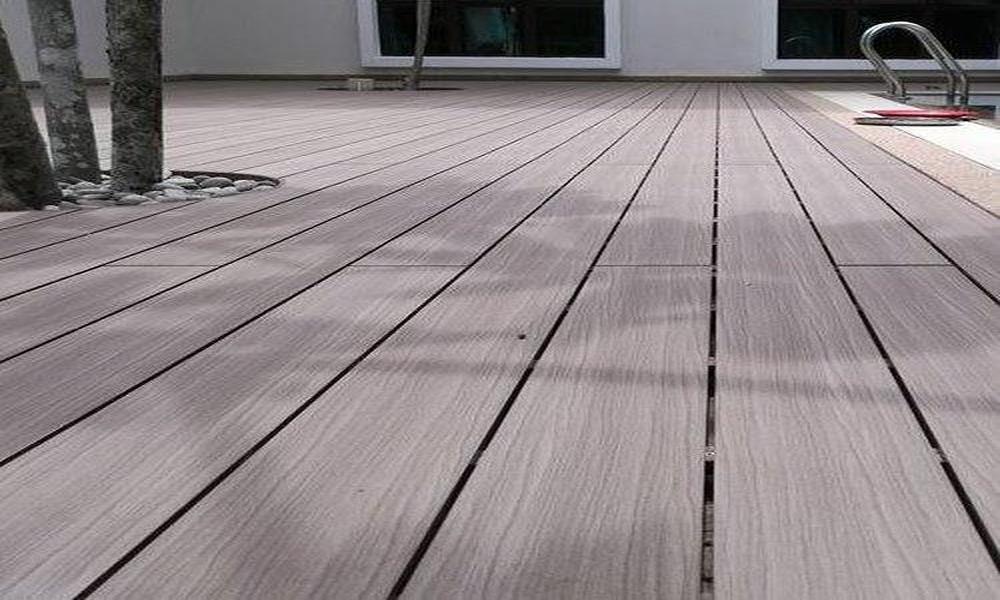Custom Patterns: WPC flooring allows for various creative patterns and designs. Consider incorporating custom patterns, such as herringbone, chevron, or geometric designs, to add visual interest to your floors.
Colour Contrasts: Experiment with contrasting colours to create a unique look. For example, if you have light-coloured furniture or walls, opt for darker WPC flooring, or vice versa.
Border Accents: Add a decorative border around the edges of your WPC flooring to create a defined look. This can be achieved by using different colours or patterns to frame the main floor area.
Mixed-Width Planks: Instead of using standard-width planks, mix different widths to create a unique visual effect. This can provide a more dynamic and visually appealing look to your flooring.
Transition Strips: Use transition strips between different flooring materials or rooms to create a seamless flow. These strips can be colour-coordinated or provide a contrasting element to highlight the transition.
Want A Thriving Business? Focus On WPC FLOORING
High-Quality Products: Partner with reputable suppliers or manufacturers who provide high-quality WPC flooring materials. Ensuring the durability, aesthetics, and eco-friendliness of your products will help you build a strong reputation and attract customers.
Product Range: Offer a diverse range of WPC flooring options to cater to various customer preferences. Consider different styles, colors, finishes, and thicknesses to meet the demands of both residential and commercial customers.
Knowledgeable Staff: Train your sales team to be knowledgeable about WPC flooring and its benefits. They should be able to guide customers in selecting the right product based on their requirements, budget, and design preferences.
Learn How To Start WPC FLOORING
Measure and prepare the area: Begin by measuring the space where you plan to install the WPC flooring. This will help you determine the amount of flooring material you need to purchase.
Acclimate the flooring: WPC flooring needs to acclimate to the room’s conditions for a minimum of 48 hours before installation. This allows the planks to adjust to the temperature and humidity of the space. Follow the manufacturer’s guidelines regarding acclimation.
Install an underlayment: While not always necessary, an underlayment can provide additional cushioning and noise reduction. Follow the manufacturer’s instructions for installing the specific underlayment recommended for your WPC flooring.
Lay out the first row: Start in a corner of the room and lay the first row of WPC planks with the tongue side facing the wall. Maintain a ¼-inch expansion gap between the planks and the wall to accommodate for any potential expansion or contraction.
Install the remaining rows: Install subsequent rows by connecting the tongue and groove of each plank. Use a tapping block and rubber mallet to ensure a tight fit between the planks. Stagger the joints of each row, typically by at least 6 inches, to create a visually appealing and stable installation.
Install transition pieces: If transitioning between different types of flooring or rooms, install transition pieces, such as T-molding, reducers, or thresholds, as needed. These pieces will provide a smooth transition and cover any gaps.
Finishing touches: Once the flooring is installed, remove any spacers and clean the floor. Install baseboards or shoe molding to cover the expansion gap along the walls. Use appropriate adhesive or nails to secure the trim pieces.

